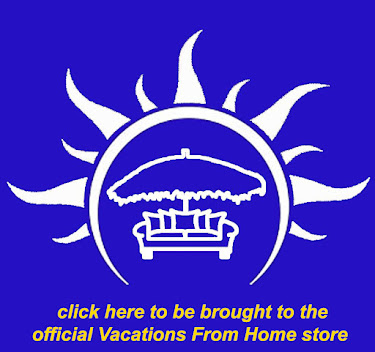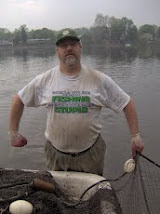The country of Panama is
complicated and then it isn’t. It became a country in 1903 when it broke away
from Colombia with the “help” of the United States, which was employing its
Teddy Roosevelt “Big-Stick” diplomacy to get what it wanted, which was to finally
complete the Panama Canal. The idea had been kicked around since 1513 when
Vasco Nunez de Balboa “discovered” the Pacific Ocean and the latest endeavor by
the French failed miserably in 1889 because of the high cost in lives and
money.
The need for a canal across
the Panamanian isthmus became very pressing to Roosevelt and the United States when
in 1898 on the eve of the Spanish-American War, the USS Oregon, the most
powerful warship at the time, was stuck in San Francisco and it took her over two
months at full speed to circumnavigate South America and reach Cuba.
With some political
shenanigans, well-placed fake news in the papers, a warship off the coast of Colombia
and a whole lot of American Dinero to Panama and Colombia the U.S. got what it
wanted and basically “took” Panama for themselves, or at least the part called
the Panama Canal Zone.
Beyond the Panama Canal and
the capital, Panama City, life in Panama is a lot quieter; brimming with
rainforests populated by native cultures; or at least what we were fortunate to
see while on a recent visit there in February. Approximately 43% of the country
remains forested and despite the dubious history of the canal, a couple of
coups and brutal dictatorships, the country now seems easy and uncomplicated
and stable.
YO, ADRIAN
Aiding in that stability
is the monetary system of Panama. Money in Panama is complicated, but then it
isn’t. Since 1903, Panama has been infused with American dollars as the U.S.
sought to secure the rights to dig the Panama Canal. Since then the American Dollar
is the legal tender of Panama, although at the same time, Panama also created
their own currency called the Balboa. No, it’s not named after that boxer from
Philadelphia. Like the Dollar, the Balboa is divided into 100 cents or centesimos
and the PAB is broken up in denomination coins similar to the USD: 1, 5, 10,
25, 50. The Balboa though stops at 1. Beyond a single Balboa the money is all American
banknotes.
 |
| 1 PAB |
There is no central bank in Panama and usually a country will issue their own currency to “influence” the economy. By regulating the influx of the money supply, interest rates are controlled and money is created when needed. i.e. out of thin air. But, because Panama has no central bank it has no control on the economy. The PAB is tied to the stability of the USD at 1:1 which means you can pay for your $10.00 McDonald’s meal in Panama City with a $5.00 bill, 2 $1.00 bills, 2 1 Balboas AND a fistful of smaller coins. Hand over a $20.00 bill for a snack of Carimaňolas (stuffed yucca fritters) and a Balboa beer, you’ll get back a collection of Balboa coins, but no USD. It's a smooth economic situation.....
In 1941 then President Arias of Panama attempted to gum up the works and start a central bank and issue 6 million Balboas worth of Panamanian paper money. That lasted 7 days. He was overthrown in a U.S. backed military coup and the bank was closed, all the issued paper Balboas were confiscated and destroyed and Panama went back to a smooth economic situation.
The best part about this is that the Balboa, tied to the Dollar, will always look good, not like Rocky Balboa in his bout with Apollo Creed.
I told you it was complicated.
Thanks for reading.
© 2020 by Greg Dunaj


































No comments:
Post a Comment